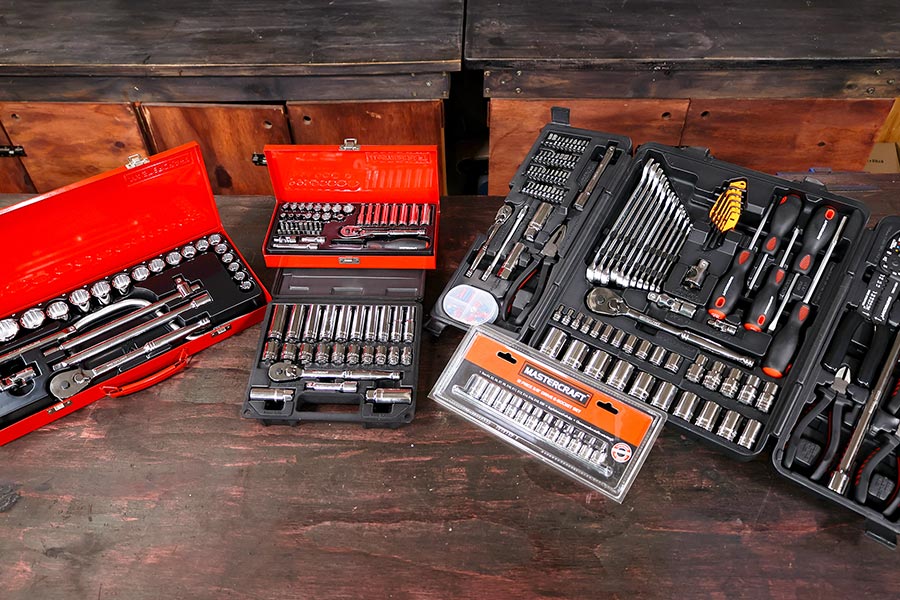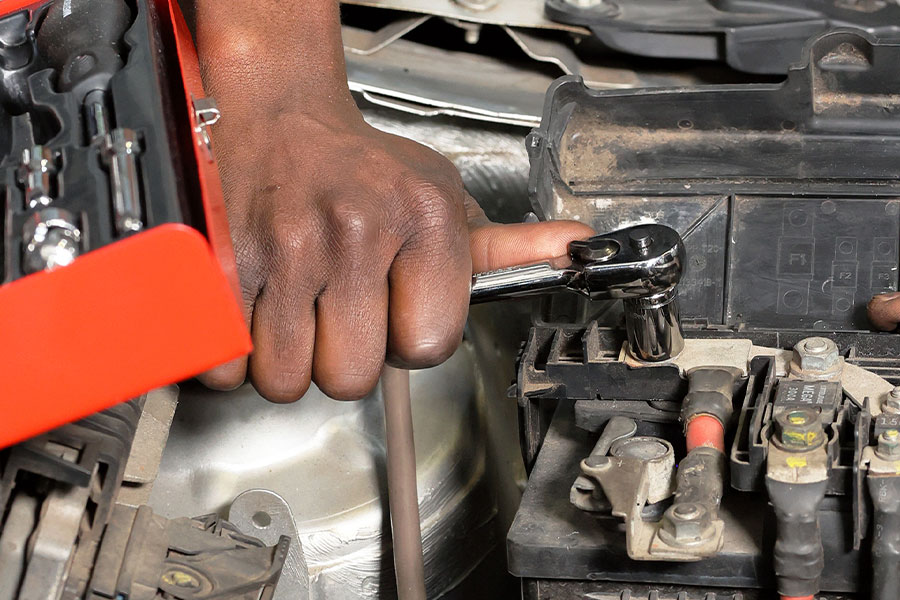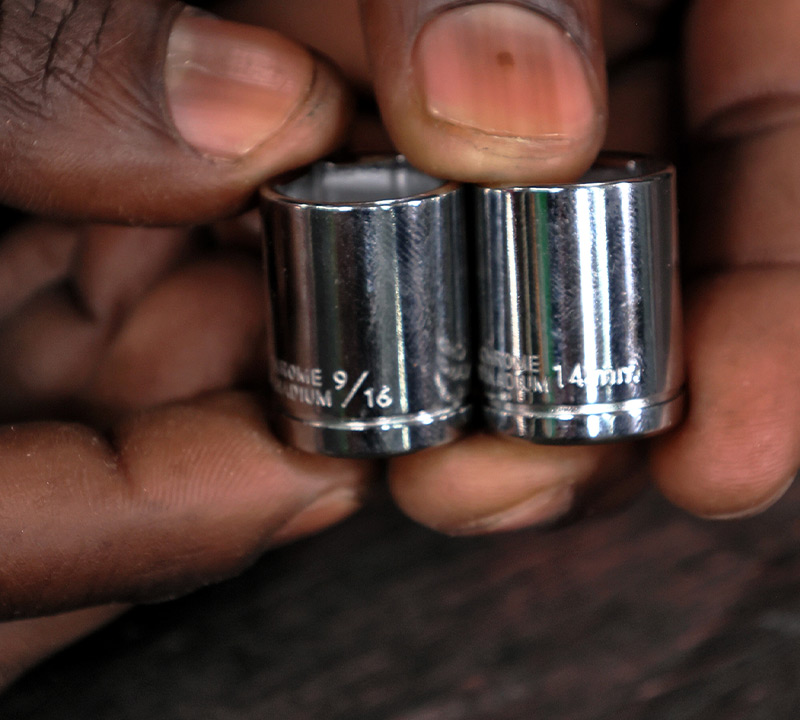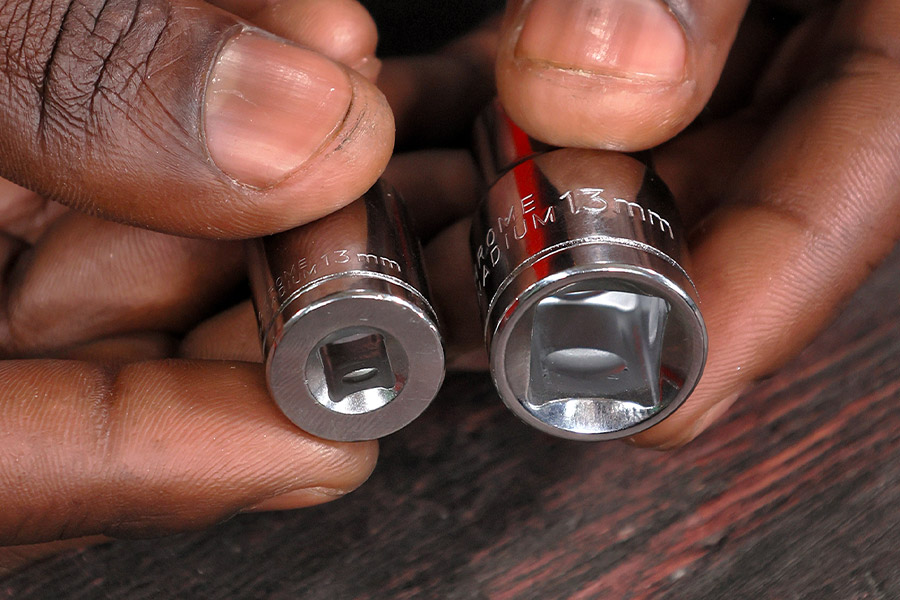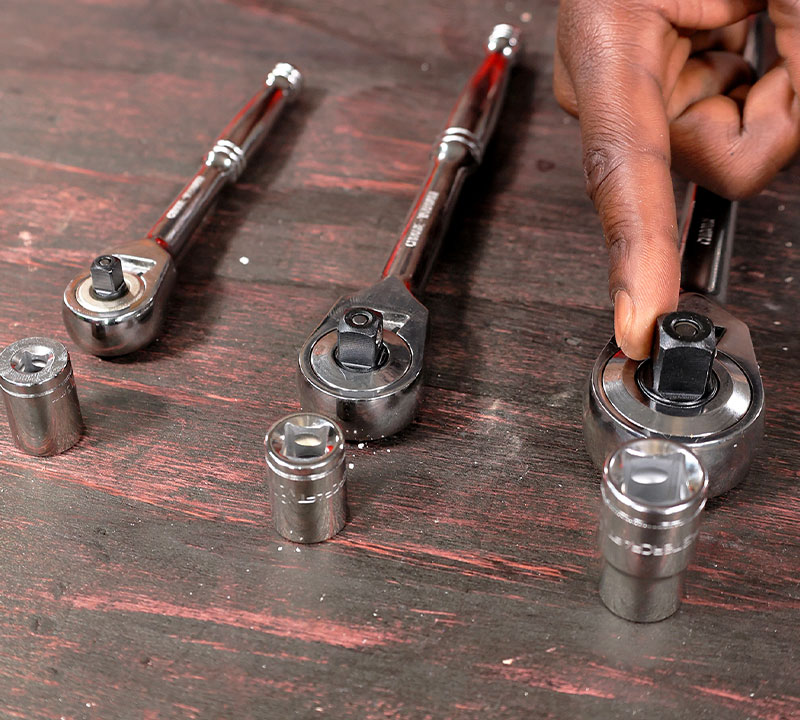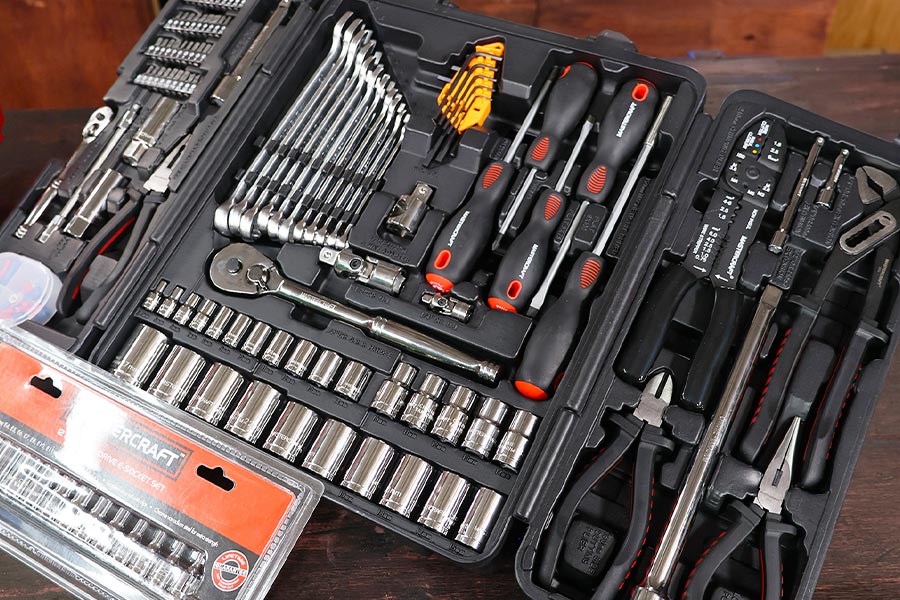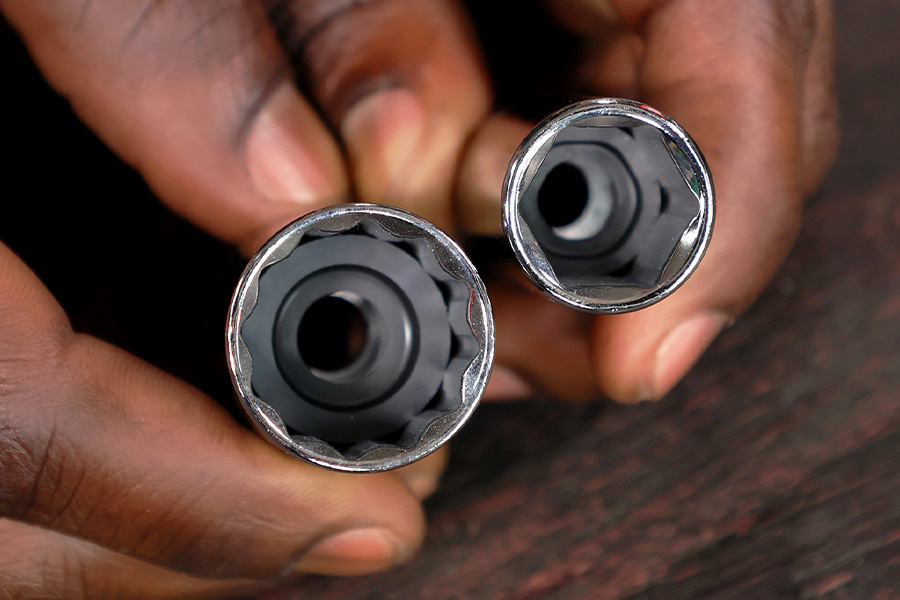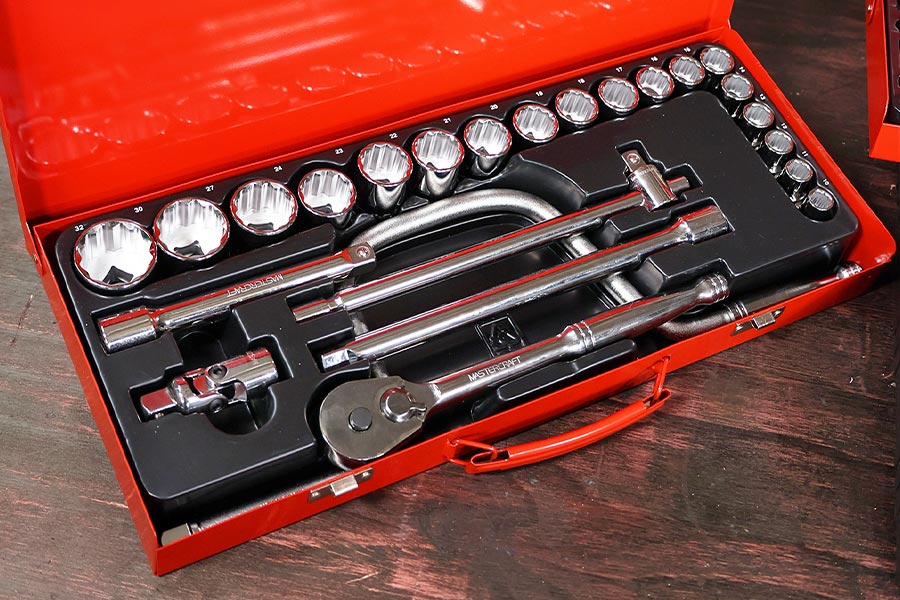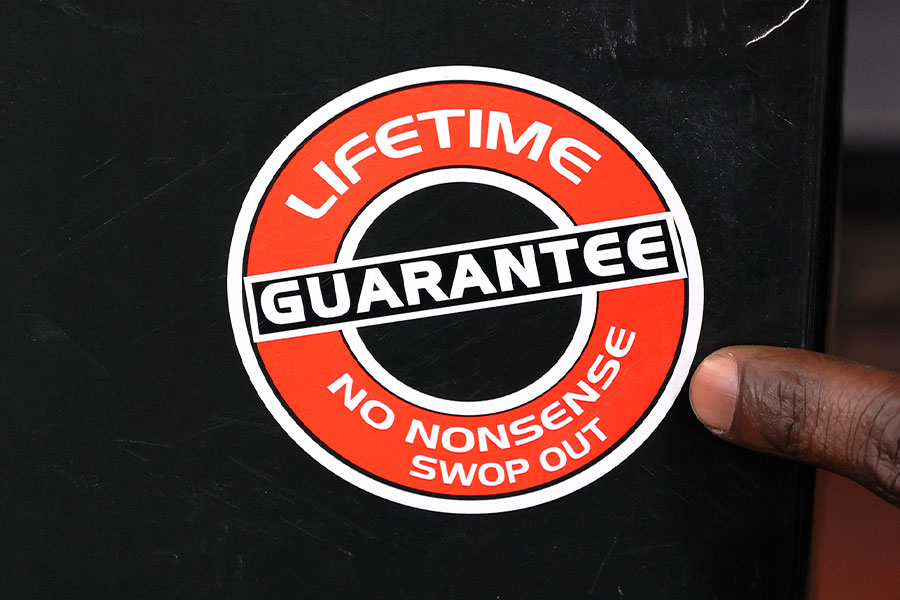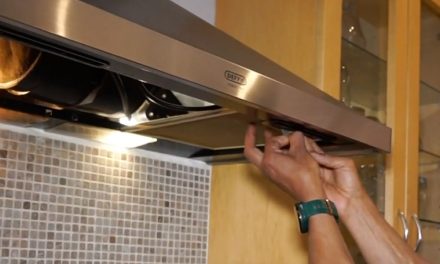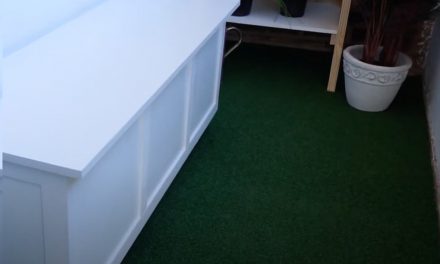The right tool makes a job so much easier and that includes when you’re dealing with nuts and bolts.
DIY projects aren’t just about hammers, drills and screws; sometimes we need to pull out the socket set. However, with numerous sizes and measurements, some in millimetres and others in inches, it can become confusing. Let’s break down the basics of what you will find in-store.
Imperial (SAE) vs Metric
Firstly, there’s the distinction between imperial (or SAE) and metric measurements. This refers to the actual socket end that attaches to the nut or bolt head. Imperial measurements are based on fractions of an inch, while metric is measured in millimetres and there is very little in common between the two systems. For instance, there is no millimetre equivalent to a 9/16 inch socket – the closest is a 14 mm, but 9/16 inch is actually 14.3 mm. So, while some sizes might be interchangeable with a loose bolt, you won’t be able to tighten it much before it slips and damages the head, if it even fits at all. This can cause damage to the nut, which sets your project back!
Driver or wrench dimensions
Don’t confuse socket measurements with the dimensions of the socket driver or wrench (even more numbers!). Figures such as 1/4 inch, 3/8 inch and 1/2 inch refer to the square male end of the driver – the bit that you fit each socket onto. When you’re looking at what size set to buy or use, think about what job you’ll be using it for – 1/4 inch is for lighter, lower-torque jobs while 1/2 inch is better suited for heavier duty jobs. Common driver sizes include: 1/4 inch (6.3 mm), 3/8 inch (9.5 mm), 1/2 inch (12.7 mm), 3/4 inch (19.0 mm) and even 1 inch (25.4 mm).
Choosing the right set
In South Africa, most nuts and bolts are measured in millimetres, so a metric set is likely what you need. However, if you’re working on a car designed and built in the USA, an imperial set is probably what you need. Car mechanics, take note.
Consider two 13 mm sockets. From one end, where the nut or bolt will fit, they are identical at 13 mm. However, one is driven by a 1/4-inch drive and the other by a 1/2-inch drive. The 1/2-inch wrench is bigger, stronger and longer, providing more tightening power. Generally, for sizes 13/14 mm and bigger, 1/2-inch drivers are used. However, 1/4-inch drivers are necessary for tight spaces. If you’re struggling to fit a larger wrench into a workspace, a socket that attaches to a smaller wrench may be the solution.
Mastercraft offers a no-nonsense lifetime swap out guarantee with all their sockets – that’s a big bonus for tools that work hard.
Sockets might not be an everyday need, but when you do need them, it’s great to have a quality set in the workshop. Builders proudly stocks the Mastercraft range of sockets, both in-store and online at builders.co.za. It’s time to stock up on sockets!

